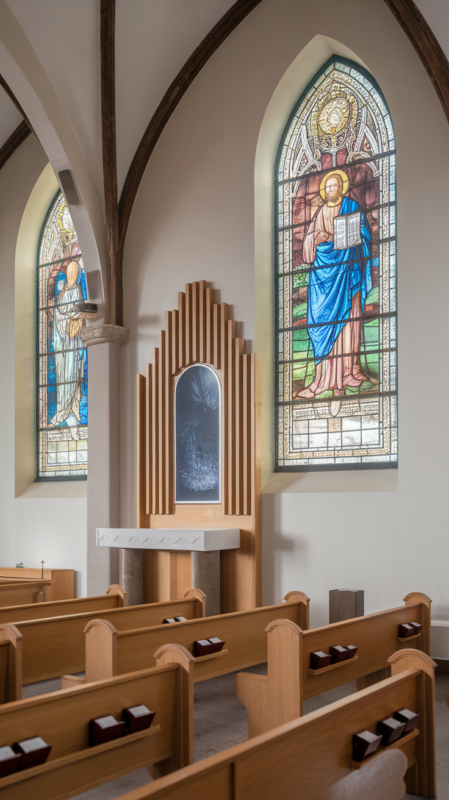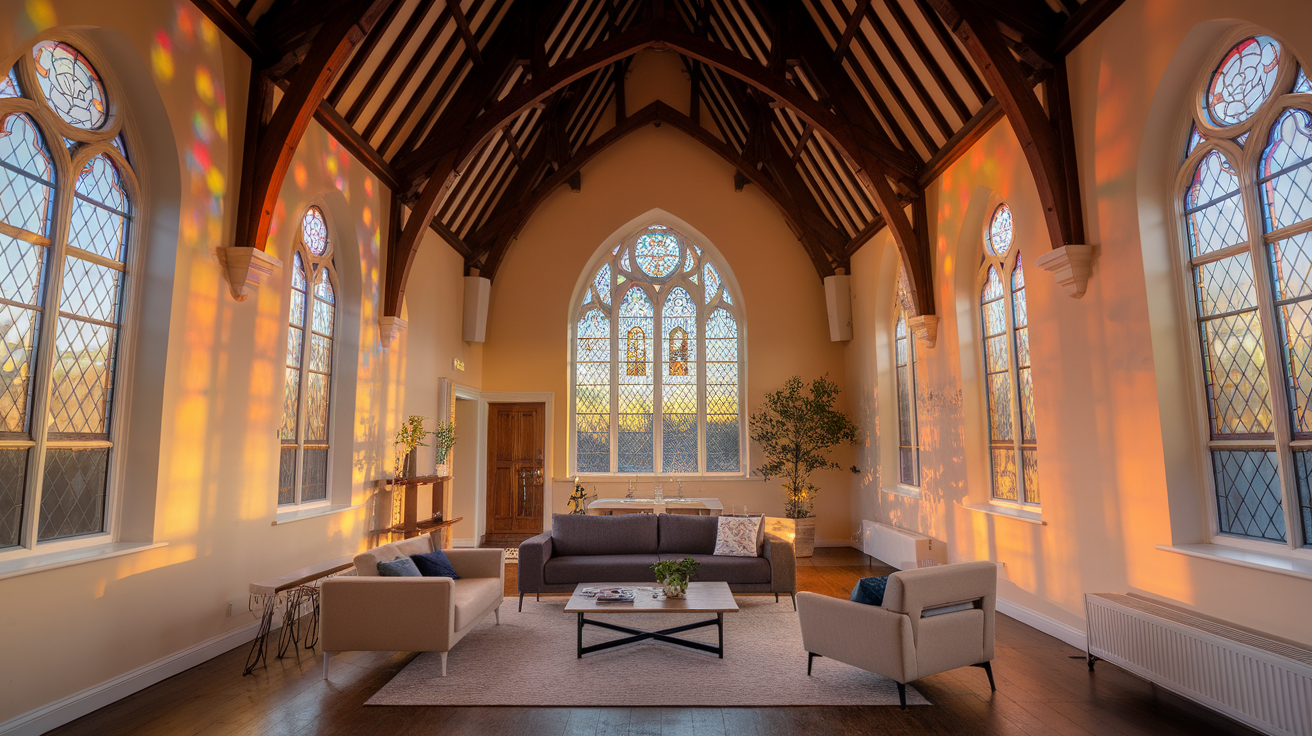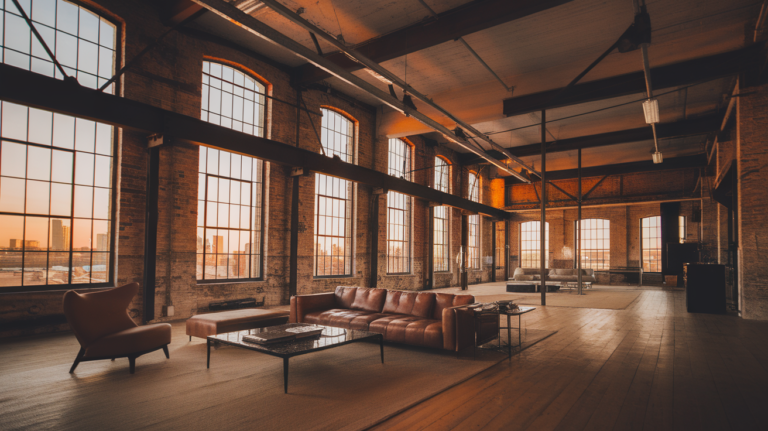Church to Home Conversion: Your Complete Guide to Creating a Heavenly Living Space
From Sacred Space to Sacred Home
Have you ever driven past an old church and imagined what it would be like to call it home? If you want to convert church to home, know it isn’t just a renovation project—it’s an opportunity to preserve history while creating a truly unique living environment. But where do you start with such an ambitious transformation?
💡 Quick Tip: Before purchasing a church for conversion, hire a structural engineer who specializes in historic buildings to assess the property. Many churches have unique structural elements that require special consideration during renovation.
Church conversions aren’t just about changing a building’s purpose—they’re about honoring its past while embracing its future.
Essential Considerations Before Purchase

Historical Significance
- Local heritage listings
- Preservation requirements
- Historical society considerations
- Documentation requirements
Structural Assessment
- Foundation integrity
- Roof condition
- Load-bearing walls
- Timber frame health
📌 Pin this Church Conversion Checklist!
💡 Quick Tip: Research local zoning laws thoroughly—many churches are zoned for religious use only and will require rezoning for residential use.
Planning Your Space

Common Layout Challenges
- Large open spaces
- High ceilings
- Limited natural light
- Acoustic considerations
Creative Solutions
- Multi-level living areas
- Mezzanine floors
- Room partitioning
- Light well integration
The key to a successful church conversion is finding the perfect balance between preserving character and creating comfortable living spaces.”
Church Conversion Essentials:
- Custom Church Window Treatments: Perfect for maintaining privacy while preserving stained glass
- Price range: $2,000-$5,000
- Ideal for: Managing light and temperature in large church windows
Preserving Original Features

Elements Worth Saving
- Stained glass windows
- Exposed beams
- Bell towers
- Architectural moldings
- Original flooring
Modern Integration Strategies
- Glass partitions
- Floating walls
- Respectful lighting design
- Contemporary contrasts
💡 Quick Tip: Consider converting the bell tower into a unique home office or reading nook—these vertical spaces often make for extraordinary intimate rooms.
📌 Pin these Original Feature Preservation Ideas!
Convert Church to Home Technical Considerations

Essential Updates
- Insulation requirements
- HVAC systems
- Electrical rewiring
- Plumbing installation
- Energy efficiency
Common Challenges
- Heat management
- Acoustic control
- Moisture prevention
- Window efficiency
💡 Quick Tip: Install a multi-zone HVAC system to efficiently heat and cool different areas of your converted church, as traditional single-zone systems often struggle with high ceilings.
Convert Church to Home Design Approaches

Style Integration
- Gothic meets modern
- Industrial influences
- Minimalist contrast
- Eclectic fusion
Space Planning
- Open plan living
- Private areas
- Storage solutions
- Multi-functional spaces
📌 Pin these Church Conversion Design Ideas!
Convert Church to Home Cost Considerations

Typical Expenses
- Purchase price: $200,000-$1,000,000+
- Basic renovation: $150-$300 per square foot
- Specialized work: $50,000-$200,000
- Systems updates: $75,000-$150,000
Cost-Saving Strategies
- Phased renovation
- Material recycling
- Energy efficiency grants
- Historic preservation tax credits
💡 Quick Tip: Research historic building grants and tax incentives—many localities offer financial assistance for preserving historic structures, even when converting them to residential use.
Living in a Converted Church

Benefits
- Unique architectural features
- Spacious living areas
- Historic character
- Strong community interest
Challenges
- Heating and cooling costs
- Maintenance requirements
- Privacy considerations
- Space utilization
📌 Pin these Church Home Living Tips!
Sustainable Conversion Practices
Eco-Friendly Updates
- Solar panel integration
- Geothermal heating
- Rainwater harvesting
- Natural ventilation systems
Material Conservation
- Recycled materials
- Original feature restoration
- Local sourcing
- Waste reduction
💡 Quick Tip: Consider installing a heat recovery ventilation system to maintain good air quality while minimizing heat loss in your high-ceilinged spaces.




